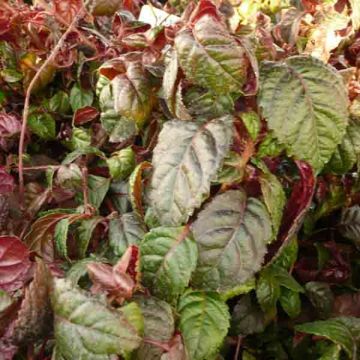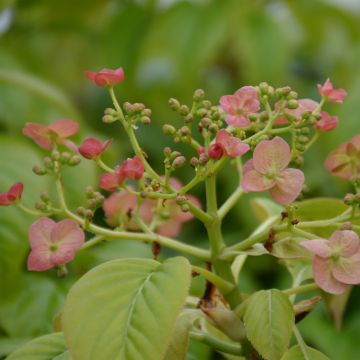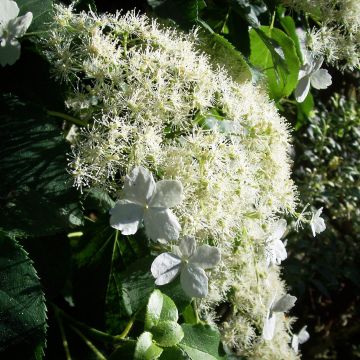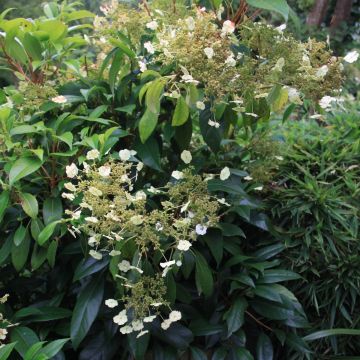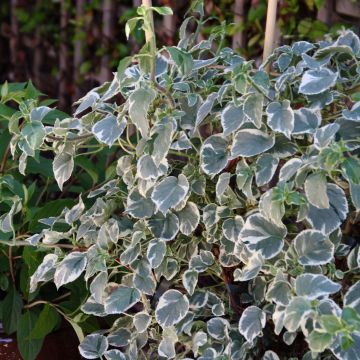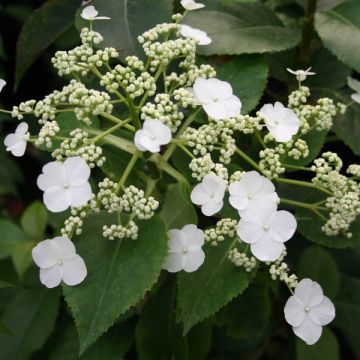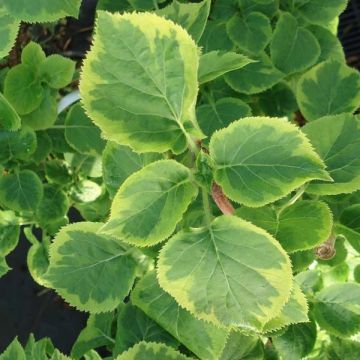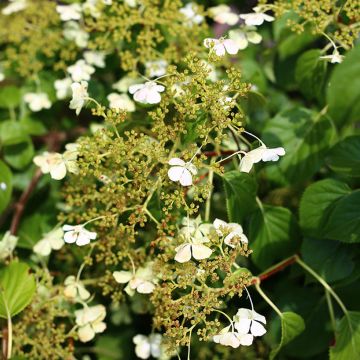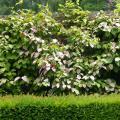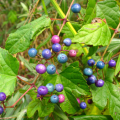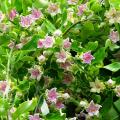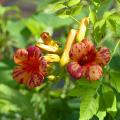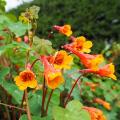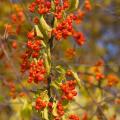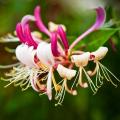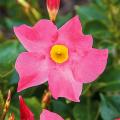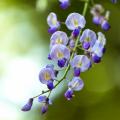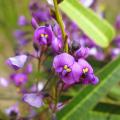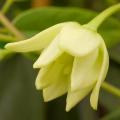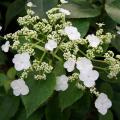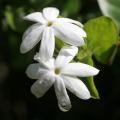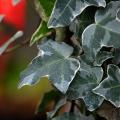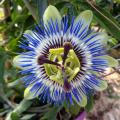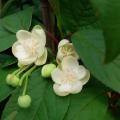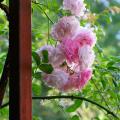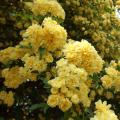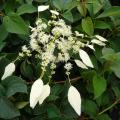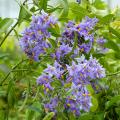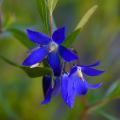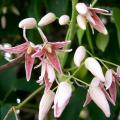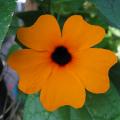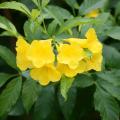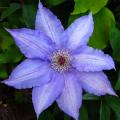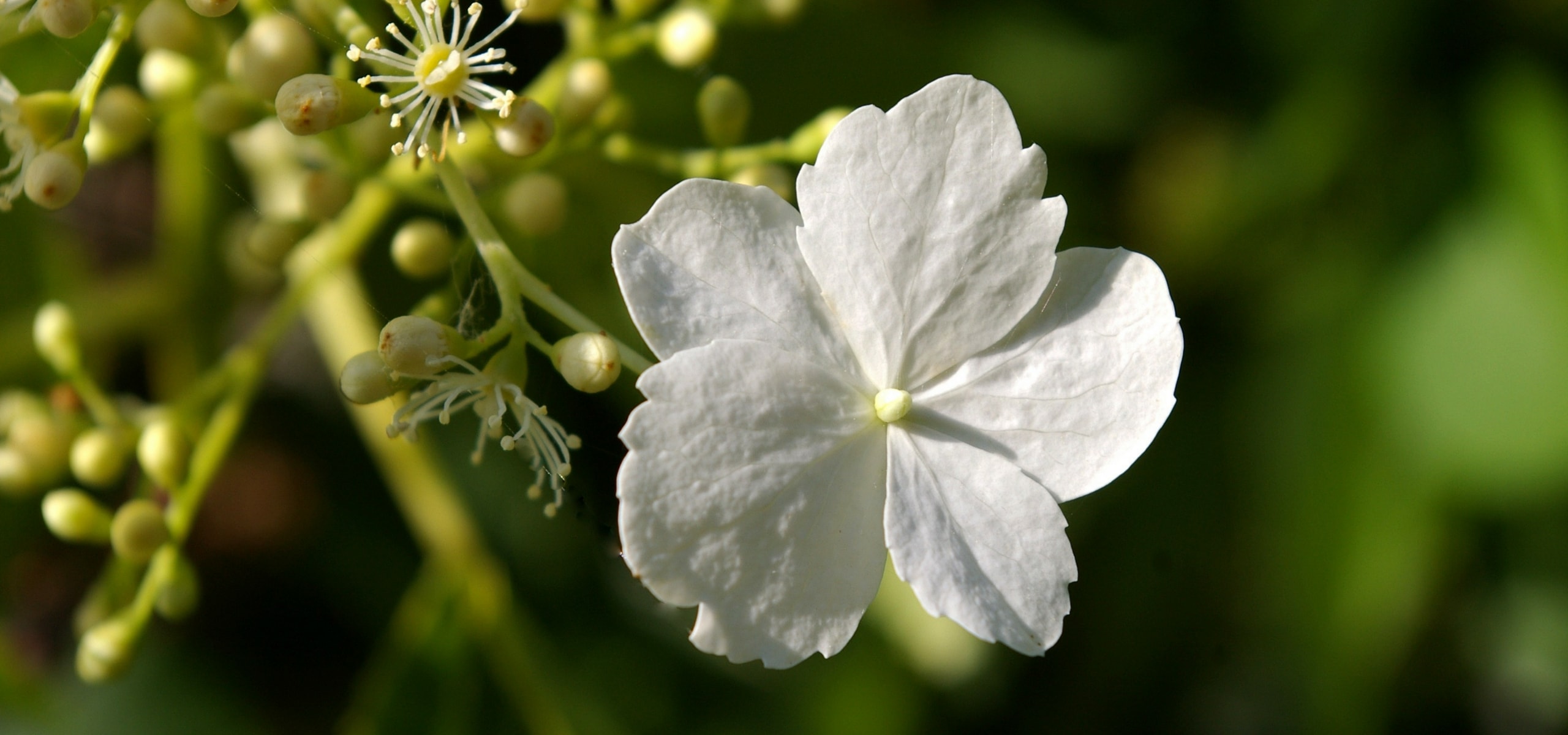Climbing hydrangeas
Would this plant suit my garden? Set up your Plantfit profile →
Available in 1 sizes
Available in 1 sizes
Available in 1 sizes
Available in 4 sizes
Available in 2 sizes
Available in 1 sizes
Available in 1 sizes
Available in 1 sizes
Available in 1 sizes
The climbing hydrangeas or Hydrangea petiolaris are excellent wall covers with superb summer umbels. The species of climbing hydrangeas are the deciduous Hydrangea petiolaris, Seemanii, Semiola and Anomala evergreen. True sarmentous and very vigorous bushes, they develop climbing roots in the form of woody climbing stems that allow them to cling to the support. From June to September, the flat umbels ,with a diameter of 15 to 25cm (6 to 10in), are accompanied by large white bracts around them. Native to Asia, climbing hydrangeas grow in deep, acidic, cool and humus-rich soil in shady or semi-shady positions in the north of France. Attach the young shoots as the climbing roots take time to form. Sometimes the Hydrangea petiolaris only flowers in the third year after planting, give it some morning sun and be patient.
Tip: Fertilize in spring and mulch the base to maintain freshness in summer, which prolongs the flowering.
Haven't found what you were looking for?






































